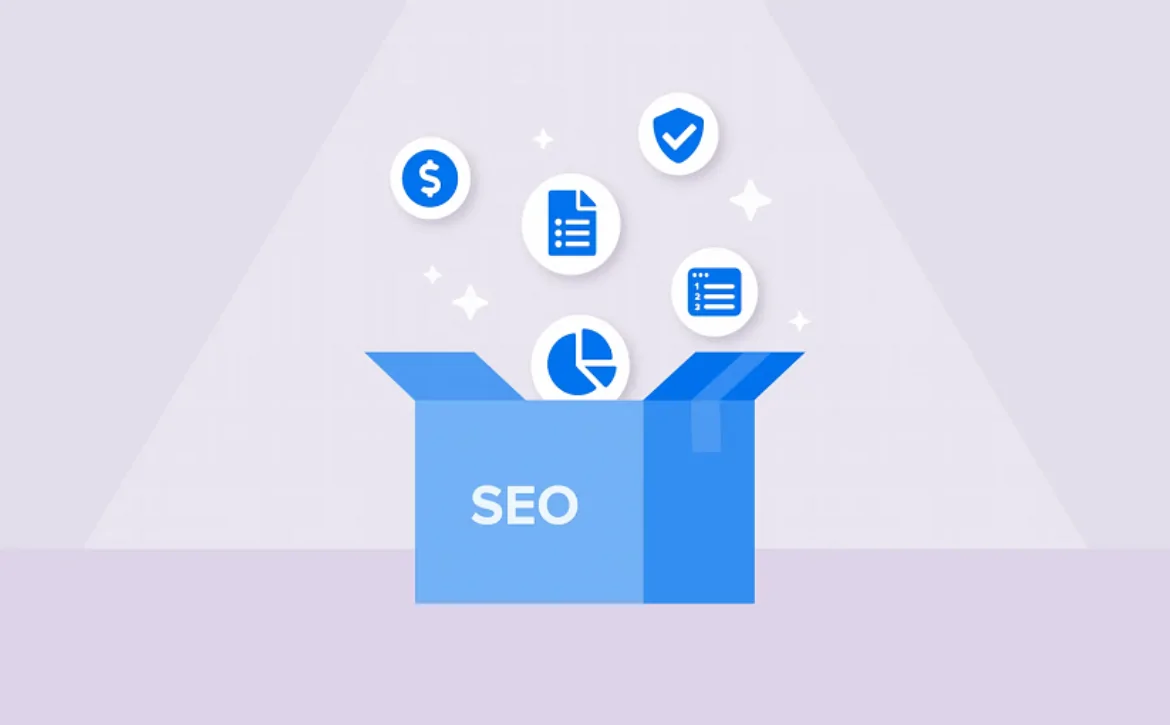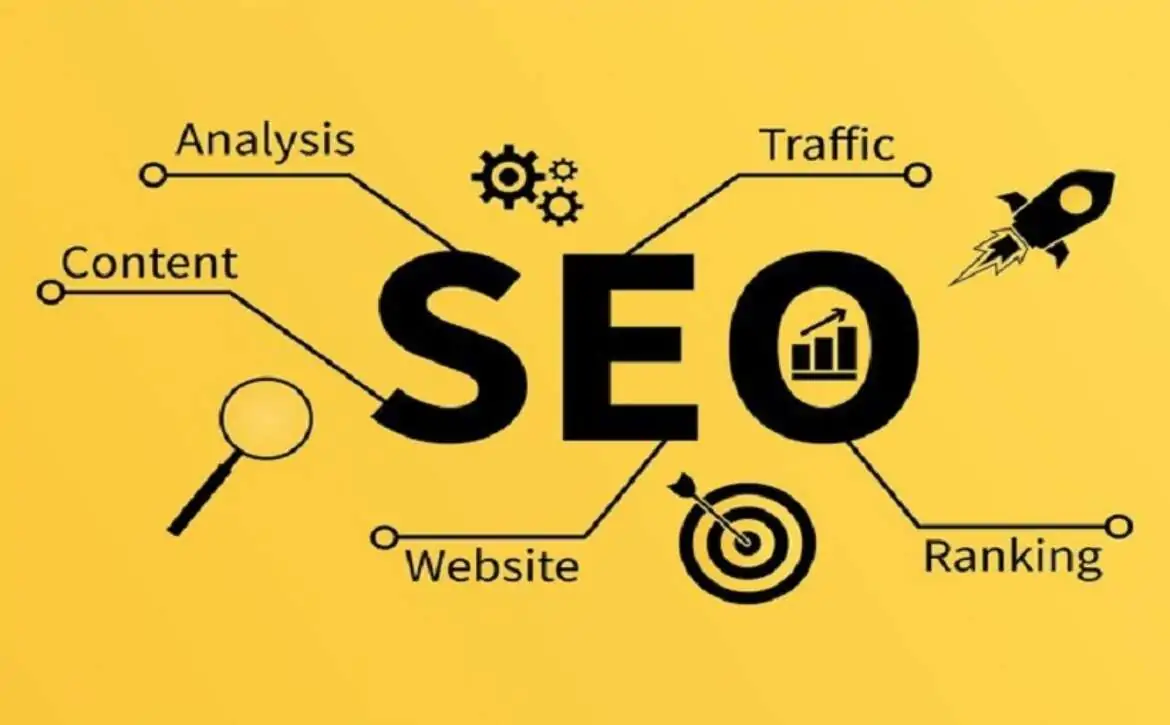How SEO Packages Can Boost Your Website Ranking in 90 Days
In today’s competitive digital landscape, having a website is not enough to attract customers and generate leads. With millions of websites vying for the top spots on search engines like Google, businesses need a strategic approach to stand out. This is where SEO (Search Engine Optimization) packages come into play. These structured solutions, offered by digital marketing agencies, help businesses improve their online presence, increase website traffic, and enhance brand visibility. A well-planned best SEO packages comprises a combination of strategies such as keyword optimization, on-page and off-page SEO, link building, technical SEO, and content marketing. When implemented effectively, these techniques work together to improve a website’s ranking on search engine results pages (SERPs). The best part? Businesses can start seeing significant progress in their rankings within just 90 days.
The first month typically focuses on analyzing the website, fixing technical issues, and setting up a strong SEO foundation. The second month is dedicated to content creation, link-building efforts, and refining on-page elements. By the third month, businesses can track tangible improvements, with increased organic traffic, higher keyword rankings, and enhanced user engagement.
This article will explore the different components of Seo packages for small business, what to expect during the 90-day process, and best practices to maximize results. Whether you are a small business or a growing enterprise, investing in the right SEO package can give your website the competitive edge it needs to succeed in the online world.
Understanding SEO Packages
SEO packages article typically consist of a combination of services designed to optimize your website for search engines. These services may include:
- Keyword Research and Optimization – Identifying and integrating high-ranking keywords relevant to your business.
- On-Page SEO – Improving website structure, meta tags, content optimization, and internal linking.
- Technical SEO – Enhancing website speed, mobile responsiveness, and fixing crawl errors.
- Content Marketing – Creating high-quality, engaging content to attract visitors.
- Local SEO – Optimizing your website for local searches to increase visibility in geographic locations.
- Analytics and Reporting – Tracking SEO performance using tools like Google Analytics and Search Console.
Each of these components plays a crucial role in improving your website’s ranking over time.
SEO Timeline: What to Expect in 90 Days
While Free seo packages is an ongoing process, noticeable improvements can be achieved in 90 days with a well-structured plan.
Month 1: Website Audit & Initial Optimization
- Comprehensive SEO Audit: Identifying technical issues, keyword gaps, and competitor analysis.
- On-Page Optimization: Updating meta titles, descriptions, and URL structures.
- Technical Fixes: Improving site speed, mobile usability, and resolving broken links.
- Keyword Research: Selecting high-impact keywords for content creation and optimization.
- Content Strategy Development: Planning blog topics, landing pages, and multimedia content.
Month 2: Content and Link Building Strategy
- Content Creation: Publishing optimized blogs, landing pages, and FAQs.
- Internal Linking: Strengthening internal site structure for better crawlability.
- Link Building Campaign: Acquiring backlinks through guest posts, directories, and partnerships.
- Local SEO Enhancements: Optimizing Google My Business profile and local citations.
Month 3: Performance Monitoring & Refinement
- Analyzing Metrics: Tracking keyword rankings, organic traffic, and user engagement.
- Conversion Optimization: Enhancing CTAs (Call-To-Actions) and user experience.
- Scaling SEO Efforts: Expanding keyword targets, link-building outreach, and content strategy.
- Adjustments Based on Data: Tweaking strategies based on SEO reports and analytics.
By the end of 90 days, you should see improvements in search rankings, website traffic, and user engagement.
Best Practices to Maximize SEO Packages Pricing Benefits
To get the most out of your monthly SEO package, businesses must follow a strategic approach that aligns with search engine algorithms and user expectations. First, selecting the right SEO package is essential—choose one that matches your business goals, industry requirements, and target audience. Packages should include a mix of on-page, off-page, technical, and content SEO to ensure comprehensive optimization. Consistency is key when it comes to SEO; results don’t happen overnight, and maintaining a long-term commitment to optimization efforts is necessary for sustainable ranking improvements. Regular performance tracking through tools like Google Analytics and Search Console helps monitor progress, identify traffic trends, and adjust strategies accordingly. High-quality content remains a crucial ranking factor, so businesses should prioritize publishing informative, engaging, and keyword-optimized content that resonates with their audience.
Additionally, ethical SEO packages in USA practices such as white-hat link building, proper keyword usage, and avoiding spammy techniques ensure long-term credibility and prevent penalties from search engines. Mobile-friendliness and voice search optimization are increasingly important, as more users rely on mobile devices and voice assistants to find information. Ensuring your website loads quickly, has a responsive design, and is optimized for conversational search queries can significantly boost rankings. Moreover, leveraging social media and PR strategies can amplify content visibility, drive referral traffic, and enhance domain authority through natural backlinks. Ultimately, businesses that adopt these best practices and work closely with their SEO providers will maximize the impact of their SEO package, achieving higher search rankings, increased organic traffic, and greater online visibility in a competitive digital landscape.
To sum up, investing in a structured Affordable SEO packages can help businesses achieve higher search rankings within 90 days. By implementing on-page and off-page optimizations, technical improvements, and content marketing strategies, businesses can drive more traffic, enhance user engagement, and increase conversions. While SEO is a long-term commitment, a well-planned 90-day strategy can yield significant progress, setting the foundation for sustained growth. Choosing the right SEO package tailored to your business needs ensures you get the best results in the shortest time frame. If you’re looking to improve your website’s ranking, now is the perfect time to invest in an effective SEO package.











